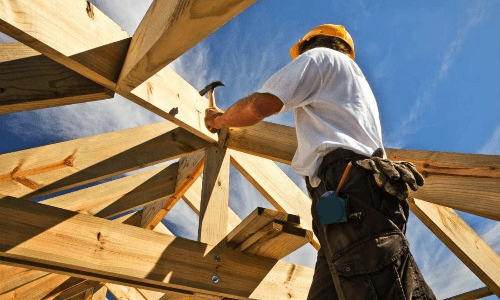5.19.21- CEPro

As construction costs rise due to the price of lumber, homebuilders have slowed construction of new homes, leading to a seasonal dip in housing starts.
After several strong months in a row, housing production fell in April due to the increased costs of building materials that have priced out potential home buyers. In total, housing starts decreased 9.5% to a seasonally adjusted annual rate of 1.57 million units, according to a report from the U.S. Department of Housing and Urban Development and the U.S. Census Bureau.
The April reading of 1.57 million starts is the number of housing units builders would begin if development kept this pace for the next 12 months. Within this overall number, single-family starts decreased 13.4% to a 1.09 million seasonally adjusted annual rate. The multifamily sector, which includes apartment buildings and condos, increased 0.8% to a 482,000 pace.
“Housing starts and permits posted a monthly decline in April, as escalating prices for lumber and other building materials price out some home buyers from an otherwise hot housing market,” says NAHB chairman Chuck Fowke, a custom home builder from Tampa, Fla. “Policymakers need to prioritize the U.S. supply chain for items like building materials to ensure builders can add the additional inventory the housing market desperately needs.”
Overall permits increased 0.3% to a 1.76 million unit annualized rate in April. Single-family permits decreased 3.8% to a 1.15 million unit rate. Multifamily permits increased 8.9% to a 611,000 pace.
Looking at regional permit data compared to the previous month, permits are 8.4% higher in the Northeast, 9.9% lower in the Midwest, 3.9% higher in the South and 4.1% lower in the West.
“The decline in single-family permits indicates that builders are slowing construction activity as costs rise,” says Robert Dietz, chief economist, NAHB. “While housing starts were strong at the beginning of the year, due to home builders constructing homes that were sold pre-construction, higher costs and limited availability of building materials have now paused some projects.”
